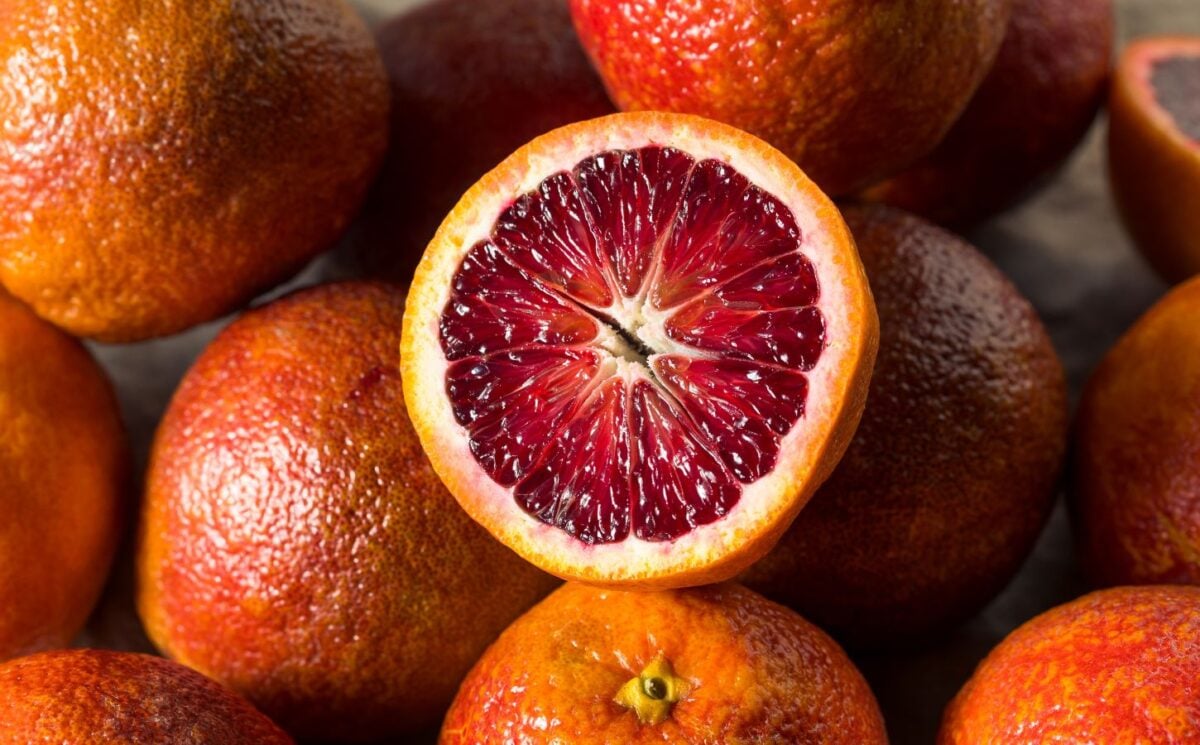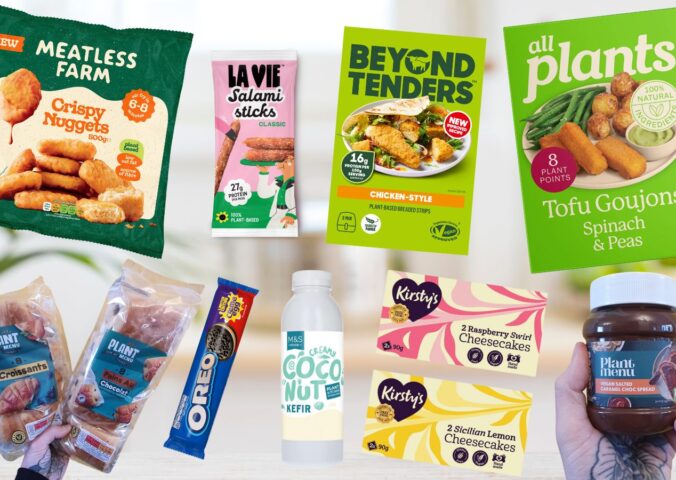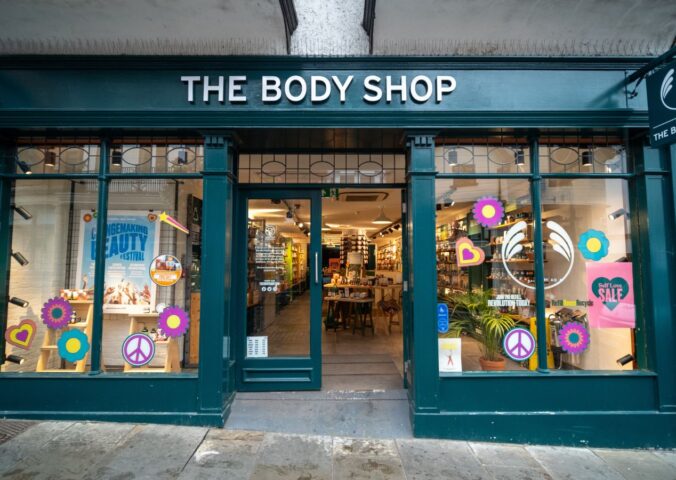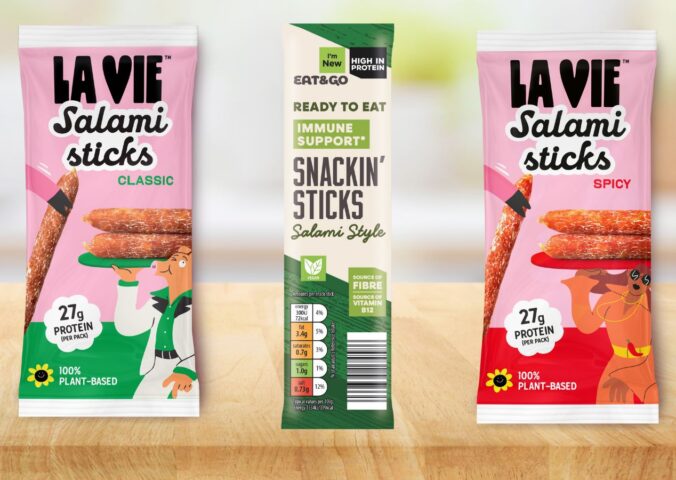A new study finds that cool postharvest storage temperatures can affect the nutritional benefits of blood oranges, along with their firmness and overall appearance.
Read more: Orange Juice Crisis: Makers Seek Alternative Fruits As Prices Soar
Food Chemistry Advances published the new study last month. It investigates how a cooler temperature positively affects “useful health-promoting compounds” such as anthocyanins, flavonoids, polyphenols, hydroxycinnamic acids, and ascorbic acid.
The study’s authors note that these compounds are “valuable to human health” thanks to their “antioxidant activity,” namely “anti-inflammatory, antidiabetic, antiviral, antiobesity, and antitumor properties.”
There is also evidence linking these compounds to a reduction in heart disease risk, as well as the prevention of oxidative stress, free-radical damage, and other age-related diseases.
While blood oranges develop high anthocyanin levels in specific regions of Valencia (Spain) and Sicily (Italy), commercial cultivation in subtropical or tropical regions such as Sao Paulo (Brazil) and Florida (US) is limited by low or negligible anthocyanin. According to the study, anthocyanin is a “key internal quality index of blood oranges and plays a crucial role in their quality attributes and health benefits.”
Implementing uniform cold storage could aid lesser orange-producing regions in production and increase consumers’ access to the nutritious fruit, along with its various health benefits.
Read more: Avocado Production Set For Heavy Decline Due To Climate Crisis, Report Finds
Storing oranges at cool temperatures can boost anthocyanin
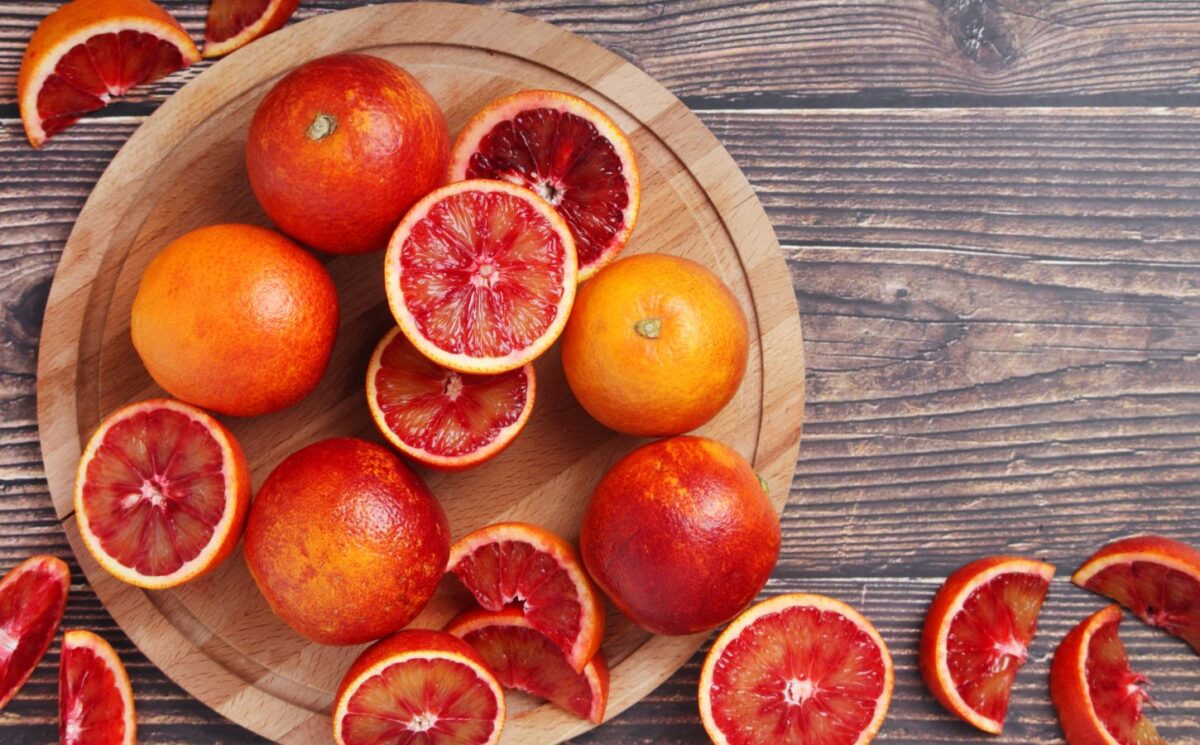
For the study, researchers from the University of Florida (UFL) tested different storage temperatures on “Budd Blood” oranges – a dark-colored variety developed specifically for Florida’s climes – picked at a research plot at the North Florida Research and Education Center. These oranges were then evaluated at 6°C, 8°C, 10°C, and 12°C for 60 days.
“Interestingly, higher temperatures (10 and 12°C) were more effective in enhancing anthocyanin levels, total phenolic content, and antioxidant activity during storage, while lower temperatures (6 and 8 °C) were more effective in preserving the other physicochemical attributes,” says the study.
Notably, storage at 12°C led to an increase in anthocyanin of 3000 percent compared to harvest time. These findings shed some light on the difference in antioxidant levels between oranges produced in Valencia vs those produced in Florida, where cooler temperatures are less common, and give farmers in the latter region data to work with.
While domestic refrigerators might be a little cold at 5°C – a few degrees below the “danger zone” of 8°C to 63°C – cooling ripe oranges is thought to slow the decline of vitamin C content, and keeping apples at 4°C can preserve life for up to two weeks.
Read more: Hundreds Of Climate Scientists Predict Global Heating Of At Least 2.5C
